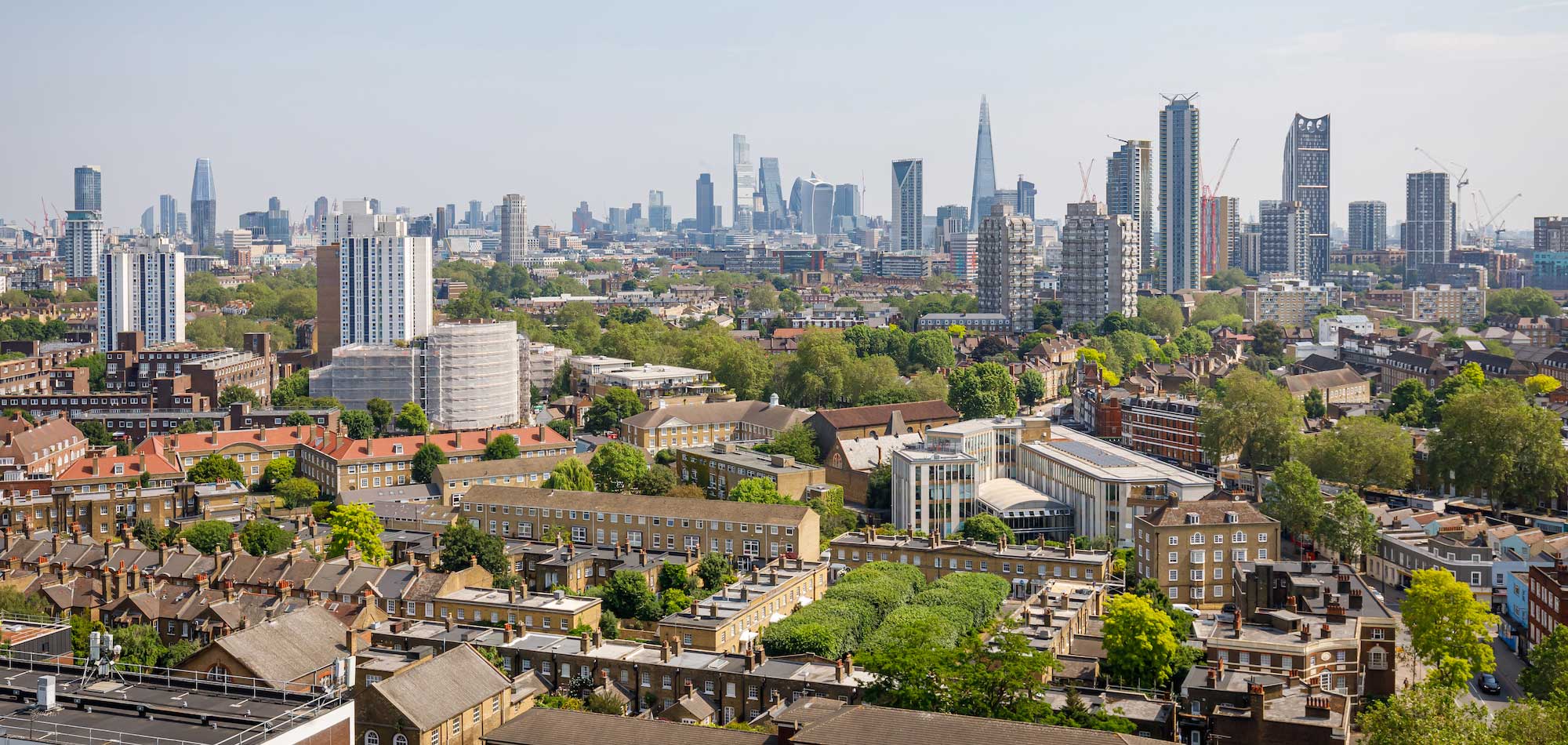Any construction professional interested in preventing their projects from becoming stranded assets always has one eye on the latest changes to fire and building regulations. It is an area that has seen considerable change over the last few years and has had a significant impact on the materials and processes we use.
To predict where fire regulations are heading and what changes are likely, it helps to understand recent developments and legislative amendments to those regulations.
Legally enforcing remediation
At the start of 2023, the government set a six-week deadline for developers to sign legal agreements that committed them to remediation work on unsafe buildings. The government supported this legislation by empowering the Secretary of State to prevent developers that did not sign or comply with these legal agreements from participating freely in the construction market. In March, the government released the names of the developers who had signed a developer remediation contract, as well as those that had not.
In July 2023, the government launched the Responsible Actors Scheme, which requires all participants to:
- Identify residential buildings over 11 metres in height in England that they developed or refurbished over the previous 30 years.
- Remediate critical fire safety defects in those buildings.
- Reimburse government schemes for taxpayer-funded work to remediate defects in those buildings (GOV).
The government imposed planning and building prohibitions on those developers that did not sign up to the scheme.
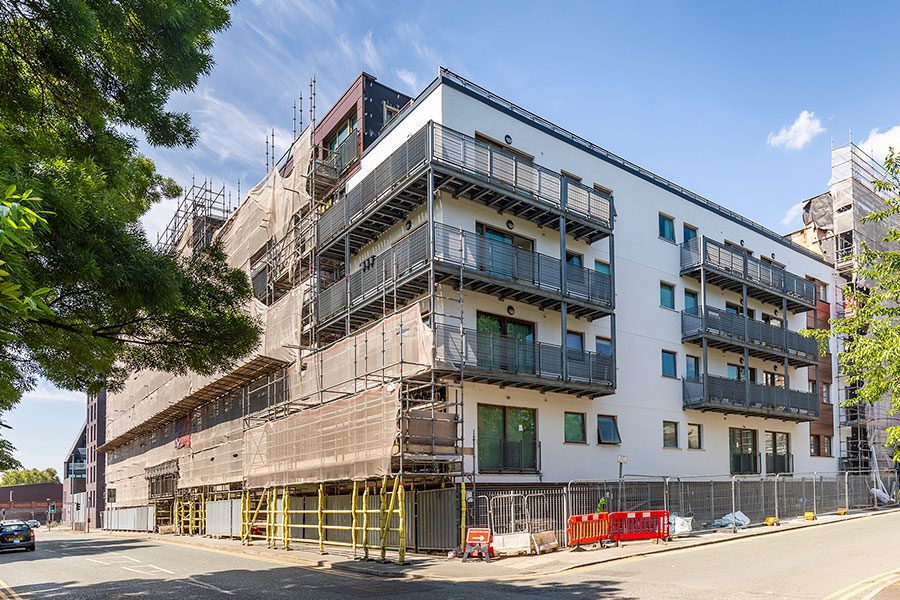
Greater transparency and accountability
Throughout the year, the government has also taken steps to improve transparency and accountability for fire safety, ensuring there are designated individuals who are responsible for identifying and remedying potential hazards.
In March, it announced £42 million in funding to support the recruitment of Building Control Inspectors and Fire Inspectors. The government split the amount between a £16.5 million grant to the Local Authority Building Control (LABC) and a £26 million payment to support the Fire and Rescue Services in England and the National Fire Chiefs Council.
In September, it updated the Building Act 1984 to empower local authorities to require a person to carry out reasonable tests to identify if work contravenes building regulations or for the local authority to execute those tests themselves. It achieved this via the passing of Order 2023/992.
At the same time, the Building Safety Regulator (BSR) published new guidance detailing how accountable persons and principal accountable persons should carry out their roles and fulfil their duties. It primarily focused on identifying and managing safety risks in high-rise residential buildings.
Enacting the Building Safety Act 2022
Over the year, several aspects of the Building Safety Act 2022 came into force. Gradual implementation of the legislation means that developers and construction specialists face an ever-evolving set of conditions to understand and engage with.
For instance, in March, the government introduced new functions and roles for the BSR and began requiring the registration of higher-risk buildings. In April, it introduced processes to ensure interested persons could establish who the Accountable Person(s) or Principal Accountable Person for a high-rise residential building are.
At the start of October, aspects of the building control approval regime set out in the Building Safety Act 2022 came into force. These regulations cover several procedures, including applying for building control approval, the Golden Thread information and safety inspection, testing, sampling and appeals processes.
Summarising developments in 2023
Bringing these strains together, we can see that the approach to fire safety in the UK is three-fold:
- The government is enforcing necessary remediation work and taking punitive measures against developers that refuse to comply with its remediation schemes.
- There are steps to make fire safety more transparent and accountable by providing greater clarity on who is responsible and what they are responsible for.
- The government continues to roll out the measures detailed in the Building Safety Act 2022.
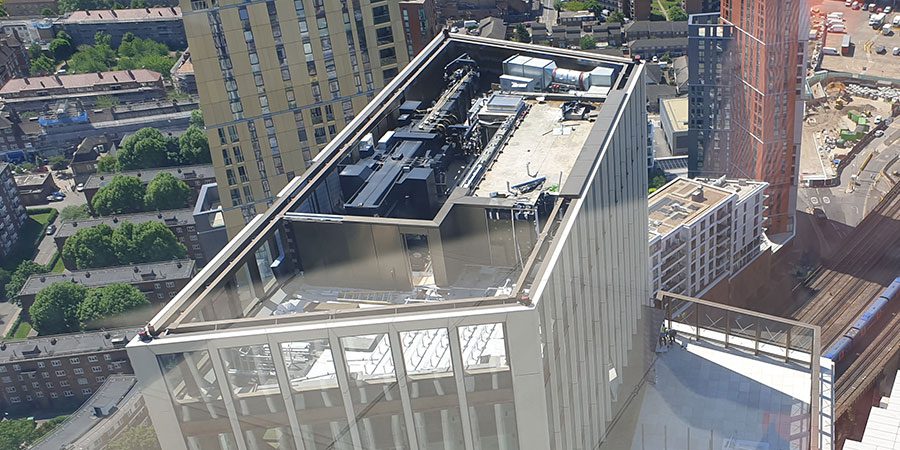
Many developers will be pleased that the actions appear to be in keeping with the general direction established and typified by the Building Safety Act 2022. Having a clear plan for the future enables coherent planning and ensures developers are better prepared.
However, the construction industry also has its concerns. These are also useful for painting a picture of what may come over the next year.
Construction sector concerns
In recent weeks, one of the construction industry’s most significant talking points has been the government’s consistency and commitment to its vision. As it appears to be reneging and u-turning on established policy commitments, there is concern that the roadmap for fire safety in the future will be subject to change. This promotes uncertainty and destabilises the entire sector.
It is particularly important in the context of construction investment, as many developers are looking at remediation work through the prism of de-risking construction projects. A constant shifting of the goalposts means there is a greater chance regular remediation works will be required. This is prohibitively expensive and will impact developers’ ability to secure investment and prevent assets from becoming stranded.
New environmental standards and regulations may also affect fire safety remediation in construction projects. If work is required to update buildings to meet new environmental standards, it must be coordinated with fire safety remediation to minimise disruption and manage financing arrangements.
Caught between historical legislation and new changes
Property owners looking to ensure their buildings do not become stranded assets must undertake remediation work relatively quickly. But they must also carefully consider remediation work and anticipate changes to regulations.
Jared White, MD at RYNO, summarised the situation. “While remediation work is crucial for the safety of residents and workers throughout the UK, it’s equally essential to consider the upcoming regulatory changes and the speed of product innovations that will affect both remediation and new builds. Failing to account for these factors increases the risk of buildings becoming stranded assets.”
The need for speed and an understanding of how regulations may change in the future highlight a significant challenge. In many cases, the construction sector is attempting to comply with historic legislation while also anticipating future developments. Without a clear roadmap and consistency from lawmakers, businesses in the construction sector lack the security to make informed decisions and futureproof their investments.
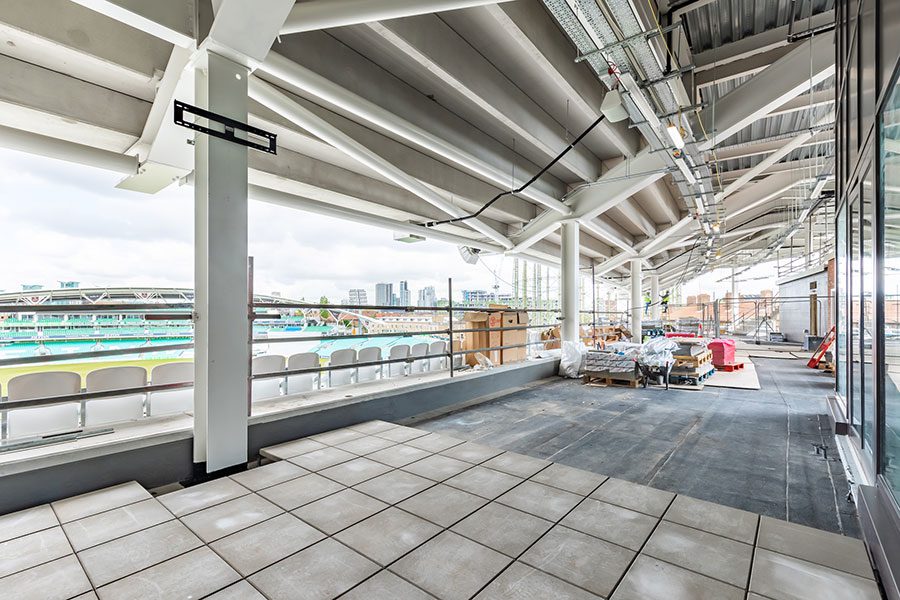
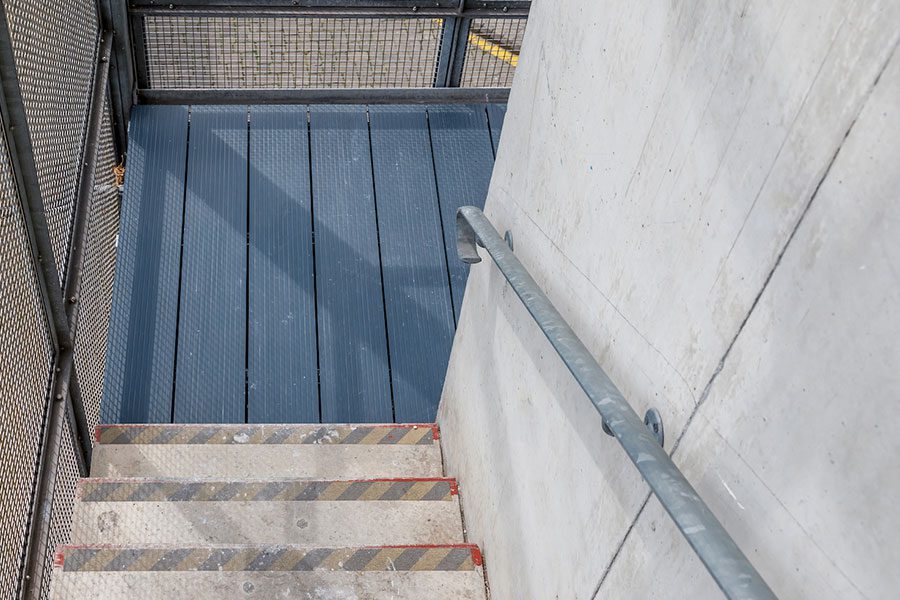
What next?
With regard to the shifting regulatory environment, the construction sector faces a challenging landscape. Fire safety developments will be compounded by changes in other regulatory disciplines. For instance, the environmentally-inspired Future Buildings Standard will come into force in 2025. This multifaceted regulatory puzzle requires construction firms to begin planning for the future now.
One way of achieving this is by turning to innovative construction solutions developed with the future of fire safety regulations in mind. For instance, RYNO’s IGNO-certified materials are non-combustible and go beyond regulatory compliance to incorporate built-in protection. RYNO’s IGNO range will always comply with (and often exceed) building regulations, helping you to futureproof your construction projects and safeguard your reputation.
RYNO solutions can help ensure compliance, futureproof your construction project and protect against stranded assets by providing certified non-combustible terrace and balcony systems that meet all your current and future performance requirements.
Learn more about our innovative paving, decking and roofing solutions and our IGNO range.
